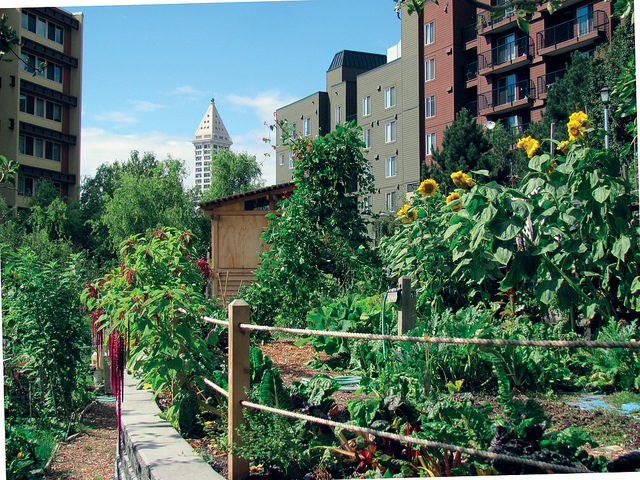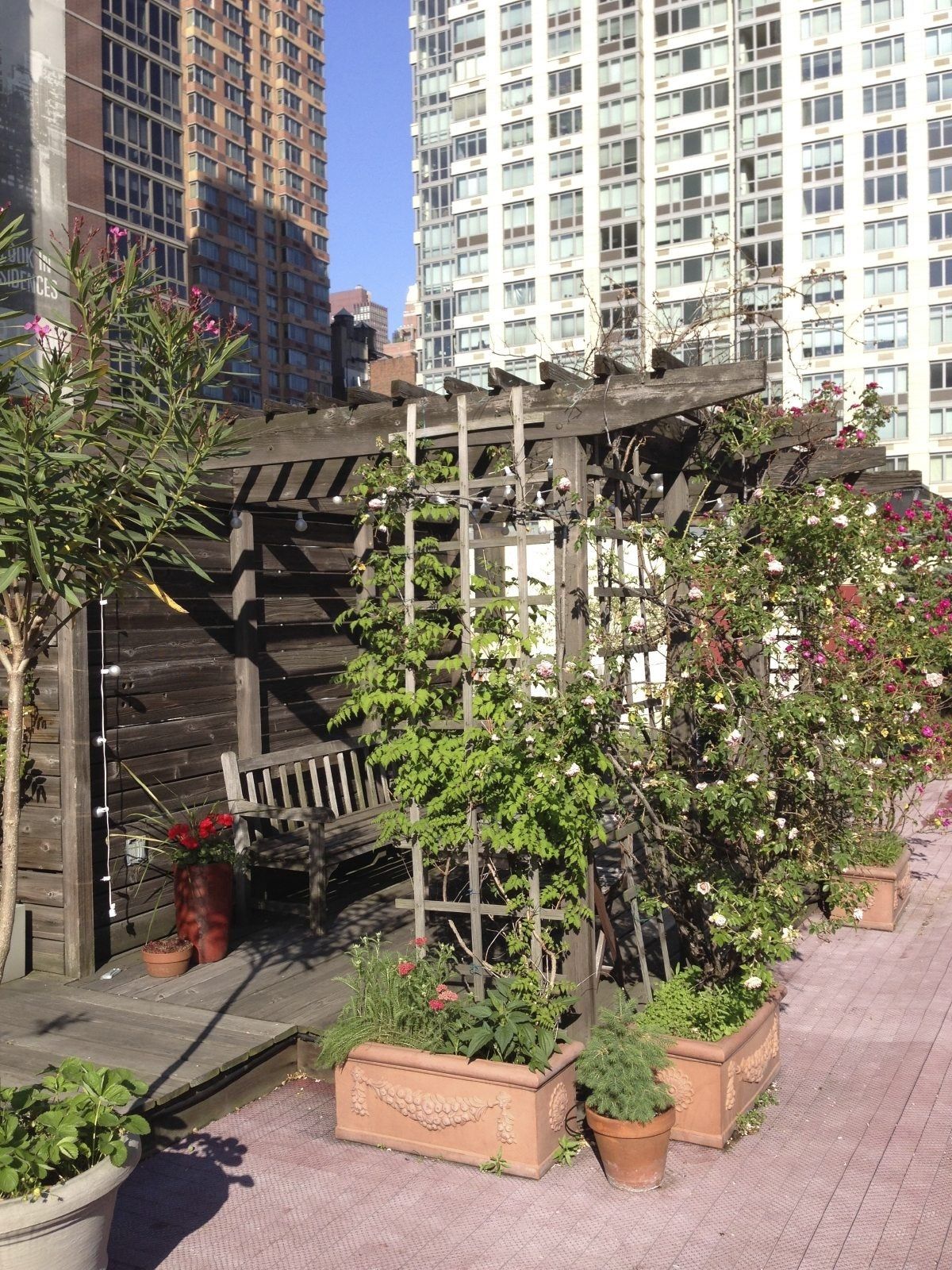The 30-Second Trick For City Blooming
The 30-Second Trick For City Blooming
Blog Article
City Blooming - Questions
Table of ContentsCity Blooming Things To Know Before You Get ThisThe Best Guide To City BloomingGetting The City Blooming To WorkThe Facts About City Blooming UncoveredThe Definitive Guide for City Blooming
Interested in expanding food available for sale in the City of Chicago? Considering beginning a community yard? Changes to the Chicago Zoning Statute enable farming usages like community yards and metropolitan ranches in lots of parts of the city. Below is a checklist of often asked inquiries relating to the rules and regulations that farmers should consider when intending an urban agriculture task.
The zoning change does not change any other codes managing composting, building licenses, purchasing or renting City owned building, company licenses or ecological contamination. There are existing codes that control these concerns and they remain completely impact and may be appropriate to your job. Neighborhood yards are generally had or managed by public entities, civic organizations or community-based companies and preserved by volunteers.
Urban ranches expand food that is planned to be sold, either on a nonprofit or for-profit basis. Due to their commercial purpose, city ranches call for a company license.
6 Easy Facts About City Blooming Shown
The quantity of compost product can not exceed 25 cubic backyards at any offered time according to the criteria in 7-28-715 of the City's Municipal Code. Since the soil at the majority of new garden websites requires amending, compost, dirt, timber chips, or other products can be acquired to construct or enhance the expanding space.

If a structure permit is needed after that the hoophouse will be considered an accessory building. You can figure out more regarding the structure permit needs by getting in touch with the Division of Buildings. The 25,000-square-foot size limitation is planned to stop a solitary area yard from dominating an offered block or detracting from the block's existing residential or commercial personality.
The limit does not apply to yards located in Public Open Area (POS) areas. Can there be more than one community garden that is 25,000 square feet on a single block? Fencing is not needed, nonetheless, yards that have huge car park locations might be called for to mount fence or other landscape design attributes.
Some Ideas on City Blooming You Should Know
B1 & B2 districts need that all industrial usage activities be conducted indoors. R districts limit business activity. The policies reflect the purpose and intent of the Zoning Code. Is secure fencing needed for metropolitan farms? Yes. Fencings might be needed, in addition to landscaping and testing, for particular parking lot and outdoor work or storage areas depending upon area and the certain task occurring.
Yes. Urban farms require structure licenses and zoning approvals before building. Other types of city evaluation might be needed depending upon particular structures, activities, size, landscaping, licensing, public health and stormwater administration problems. A number of these demands are determined in the job design or allowing process, nonetheless, the applicant may be liable to individually recognize certain licenses or permits that might be needed.
Yes. The type of certificate is figured out by what is taking place at the site. The Department of Business Matters and Consumer Protection can help figure out the details sort of service license that's required. Yes. Off road parking is required for most business projects in Chicago. The called for number of parking rooms is based upon the variety of employees working on site and not the square video footage of the expanding room.
The 6-Second Trick For City Blooming

Yes. A metropolitan farm can market garden compost material generated on website, nonetheless, the procedure must adhere to the guidelines in 7-28-715 of the Chicago Municipal Code. Yes. Aquaponic systems are allowed indoors on city farms in numerous zoning districts. A zoning review and building permit is called for in order to set up frameworks or systems and a service permit is called for as defined above.
Up to 5 hives or colonies of honey bees might be kept as an accessory usage. Beekeepers should sign up with the Illinois Division of Agriculture. To learn more about the suggested zoning amendment you may speak to the Department of Real Estate and Economic Development, Bureau of Planning and Zoning at 312.744.8563.
, which takes area in rural locations at the side of residential areas.
What Does City Blooming Mean?
It can entail a movement of natural growers, "foodies" and "locavores", that look for to develop socials media established on a common principles of nature and neighborhood holism. These networks can establish using official institutional assistance, ending up being integrated into local community planning as a "transition town" motion for lasting urban growth.
In either case, the a lot more straight accessibility to fresh veggie, fruit, and meat items that might be understood via city agriculture can enhance food safety and security and food safety and security while decreasing food miles, bring about reduced greenhouse gas discharges, therefore adding to environment modification reduction. Several of the initial evidence of city agriculture comes from Mesopotamia.
Report this page